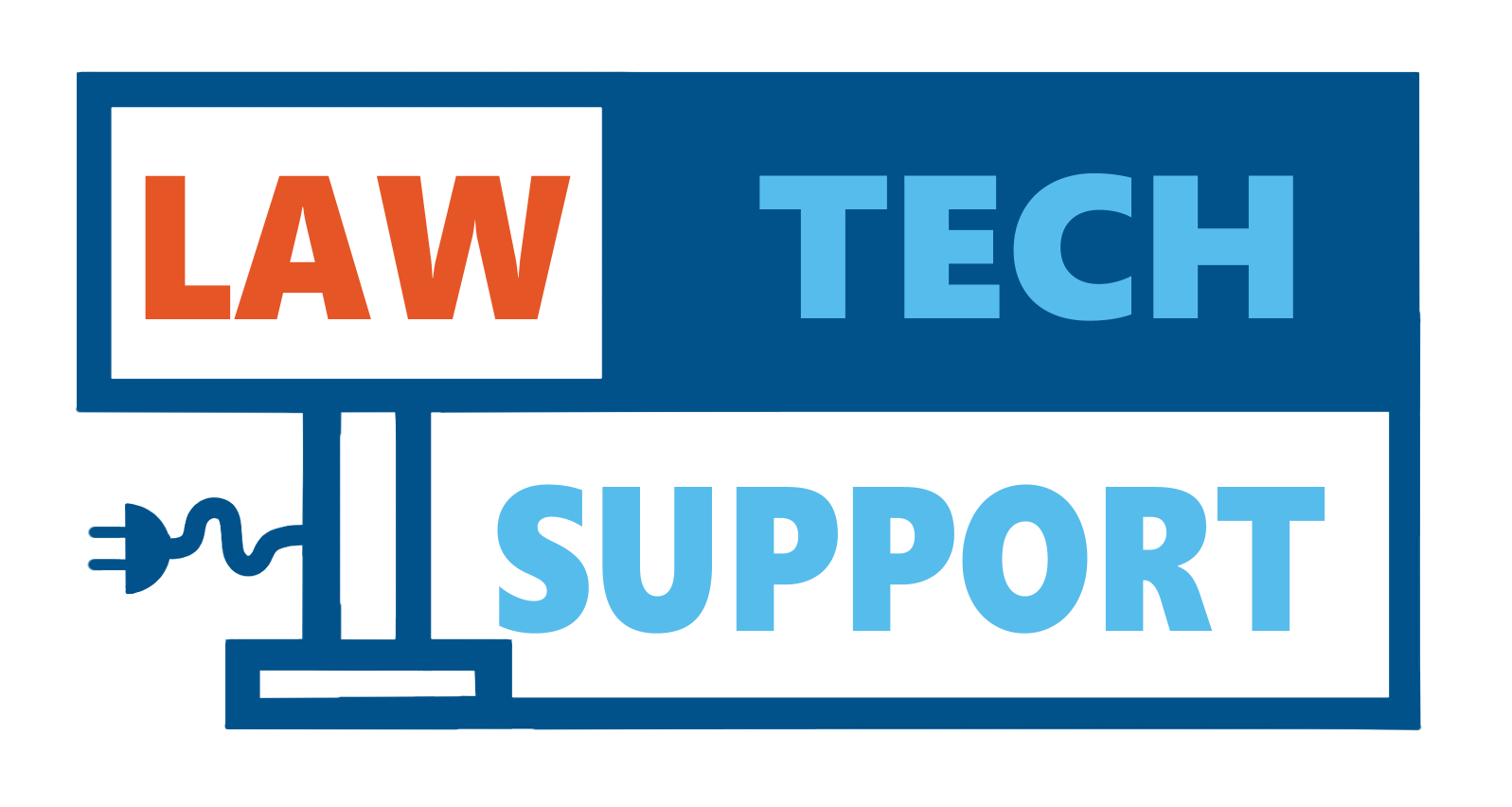Update Your Zoom – Staying Current!
Zoom releases updates fairly frequently. Some of those updates contain significant changes to the functionality of your Zoom installation. All provide a better overall experience because the Zoom engineers improve security and stability with nearly every update. Instructions from Zoom on how to update are here: https://support.zoom.us/hc/en-us/articles/201362233-Upgrade-update-to-the-latest-version
